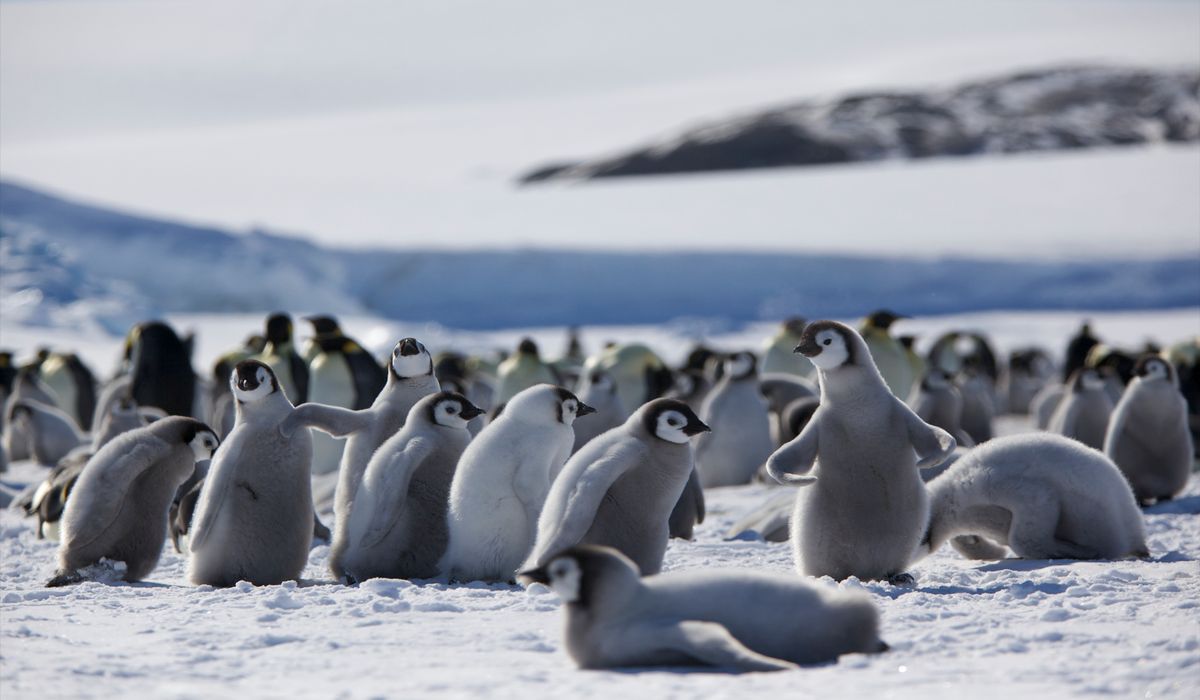
Behavioral ecology is a fascinating field that examines how animal behavior is shaped by ecological pressures. Ever wondered why birds migrate or how ants organize their colonies? Behavioral ecology holds the answers. This branch of biology looks at the survival strategies animals use, from hunting techniques to mating rituals. Understanding behavioral ecology can help us appreciate the complex interactions in nature. It’s not just about observing animals; it’s about understanding the "why" behind their actions. Whether you're a student, a nature enthusiast, or just curious, these 26 facts will give you a deeper insight into the animal kingdom.
What is Behavioral Ecology?
Behavioral ecology studies how animal behavior evolves in response to ecological pressures. It combines biology, ecology, and ethology to understand why animals act the way they do in their natural habitats.
- Behavioral ecology examines how animals adapt their behavior to survive and reproduce in their environment.
- It looks at the costs and benefits of different behaviors, such as foraging, mating, and social interactions.
- This field of study helps scientists understand the evolutionary basis of behavior.
Foraging Behavior
Foraging behavior is a key area in behavioral ecology. It involves how animals search for and exploit food resources.
- Animals use different strategies to find food, such as hunting, scavenging, or grazing.
- Optimal foraging theory suggests animals maximize energy intake while minimizing effort and risk.
- Some species use tools to aid in foraging, like chimpanzees using sticks to extract termites.
Mating Systems
Mating systems describe how animals find and choose mates, which can vary widely among species.
- Monogamy involves one male and one female forming a pair bond, often for life.
- Polygyny occurs when one male mates with multiple females, common in species like lions.
- Polyandry is when one female mates with multiple males, seen in some bird species like the jacana.
- Lekking is a mating behavior where males display in groups to attract females, as seen in peacocks.
Social Behavior
Social behavior includes interactions among individuals within a species, such as cooperation, competition, and communication.
- Altruism in animals, like meerkats standing guard, benefits the group at a cost to the individual.
- Dominance hierarchies establish social ranks, reducing conflict within groups.
- Social learning allows animals to learn behaviors from observing others, crucial for survival.
Communication
Communication is vital for coordinating activities, warning of danger, and establishing social bonds.
- Animals use various signals, including vocalizations, body language, and chemical cues.
- Bees perform a "waggle dance" to inform hive mates about the location of food sources.
- Dolphins use a complex system of clicks and whistles to communicate with each other.
Predator-Prey Interactions
Predator-prey interactions drive many behavioral adaptations in animals.
- Camouflage helps prey avoid detection by predators.
- Some animals use mimicry to resemble more dangerous species, deterring predators.
- Predators develop strategies like ambush or pursuit to catch prey effectively.
Parental Care
Parental care involves behaviors that increase the survival of offspring.
- Birds often exhibit biparental care, with both parents feeding and protecting chicks.
- In some species, like seahorses, males take on the primary role of caring for the young.
- Parental investment theory explains how parents allocate resources to maximize reproductive success.
Migration
Migration is the seasonal movement of animals from one region to another, often for breeding or feeding.
- Monarch butterflies migrate thousands of miles between North America and Mexico.
- Wildebeest in Africa undertake long migrations in search of fresh grazing lands.
- Migratory patterns are influenced by environmental cues like temperature and daylight.
Human Impact on Behavioral Ecology
Human activities can significantly affect animal behavior and ecosystems.
- Habitat destruction forces animals to adapt or relocate, often leading to conflicts with humans.
The Fascinating World of Behavioral Ecology
Behavioral ecology reveals how animals adapt to their environments through behavior. From the migratory patterns of birds to the social structures of ants, these behaviors ensure survival and reproduction. Understanding these patterns helps us appreciate the complexity of life and the delicate balance within ecosystems. It also underscores the importance of conservation efforts to protect these intricate relationships. By studying behavioral ecology, we gain insights into the natural world, which can inform our actions and policies. This field reminds us that every creature, no matter how small, plays a vital role in the web of life. So next time you see a bird building a nest or ants marching in a line, remember there's a fascinating story behind those actions. Behavioral ecology is more than just science; it's a window into the wonders of nature.
Was this page helpful?
Our commitment to delivering trustworthy and engaging content is at the heart of what we do. Each fact on our site is contributed by real users like you, bringing a wealth of diverse insights and information. To ensure the highest standards of accuracy and reliability, our dedicated editors meticulously review each submission. This process guarantees that the facts we share are not only fascinating but also credible. Trust in our commitment to quality and authenticity as you explore and learn with us.
